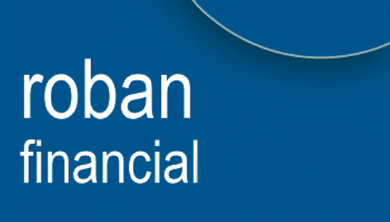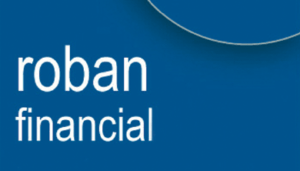In the realm of financial planning, efficient management of pension contributions stands paramount, especially in today’s landscape where marginal rate tax relief opportunities are scarce. At Roban Financial, we are dedicated to guiding you through optimising your pension contributions, potentially transforming your savings into a rewarding long-term investment.
Understanding the Power of Pension Contributions for Tax Relief
Pension contributions remain one of the few vehicles today that can garner you marginal rate tax relief. If you’re in a position to enhance your pension contributions, doing so before the tax deadline can provide tax relief against your 2022 income—a prudent approach to utilising the savings accumulated during the pandemic. Unsure about the contribution limits applicable to you? Contact us, and our team at Roban Financial will provide the guidance you need.
Navigating Through Self-Assessment Tax Returns
Who Should File?
- Self-employed individuals
- Proprietary directors with more than a 15% company stake
- Individuals with non-PAYE income
- Members of company pension schemes paying AVCs and seeking to backdate income tax relief to 2022
Seize Your Tax-Saving Opportunities
As an employee, you have the unique opportunity to bolster your retirement savings while enjoying tax benefits. By personally making a lump sum contribution to your Personal Pension, PRSA, or PRSA AVC (depending on your employment status) by 31 October 2023 (15 November 2023 for ROS users), you can elect to backdate the tax relief to the previous tax year, 2022.
Understanding Age-Related Contribution Limits
Your pension contributions are not without boundaries; they are subject to age-related limits based on a percentage of your net relevant earnings. Here’s how it breaks down:
Up to age 29: 15%
Ages 30 – 39: 20%
Ages 40 – 49: 25%
Ages 50 – 54: 30%
Ages 55 – 59: 35%
Age 60 and over: 40%
Key Points to Remember:
- There’s an earnings cap of €115,000 applied to these contributions. Any pension contributions you made in 2022 must be factored into the maximum allowable contribution for tax relief.
- Your age for the percentage calculations is based on your age at your last birthday in 2022.
- Retirement benefits themselves are constrained by separate Revenue limits.
Backdating Income Tax Relief
For the self-employed desiring to pay into a personal pension or PRSA and backdate income tax relief against 2022 earnings, specific steps need to be meticulously followed:
- Ensure the contribution is paid to the life office or PRSA provider before the deadline.
- Submit the tax return to Revenue punctually, preferably using ROS, with the cut-off at 15th November 2023. To avoid disqualification for the ROS extension, we advise clients to settle their pension contributions and submit their tax returns by 31st October.
Claiming Income Tax Relief on Pension Contributions
To be eligible for income tax relief on contributions to a personal pension or PRSA, one must be “chargeable to tax in respect of relevant earnings.” This encompasses income from:
- The self-employed (income from trades or professions under Schedule D, Case I or II)
- Employees (Schedule E, PAYE individuals not in a company pension scheme)
- Directors of companies (Schedule E, PAYE individuals not in a company pension scheme)
Employee Contributions and the Tax Deadline
Employees aren’t left out—they, too, can make pension contributions against their 2022 tax bill. However, to claim income tax relief, employees must contribute to the pension contract applicable to their 2022 income circumstances, namely:
- PRSA or Personal Pension: For employees with Schedule E income in 2022 but weren’t part of their employer’s pension scheme.
- AVC or PRSA AVC: Applicable for those with Schedule E income in 2022, were part of their employer’s pension scheme, and remain in that employment.
It’s vital to note that post-employment, further pension contributions related to that income are not permissible. Additionally, termination payments (under Section 123 TCA 1997), including redundancy or ex-gratia payments, do not qualify as income for pension purposes.
New Revenue Requirements:
For PAYE employees making pension contributions, there’s an obligation to upload a pension certificate to claim tax relief for contributions not deducted through net pay. Given pension providers’ timelines, clients may not have these certificates before the deadline. However, Revenue allows clients to upload a personal note detailing their contributions, ensuring compliance and timely submissions.
Conclusion: Expert Advice
Navigating the complexities of pension contributions and tax relief can be daunting. At Roban Financial, we pride ourselves on providing expert guidance, ensuring you make informed decisions that fortify your financial future. Whether you need advice on meeting deadlines, understanding contribution limits, or efficiently filing returns, our team is here to assist. Secure your future by making the most of your pension contributions today


